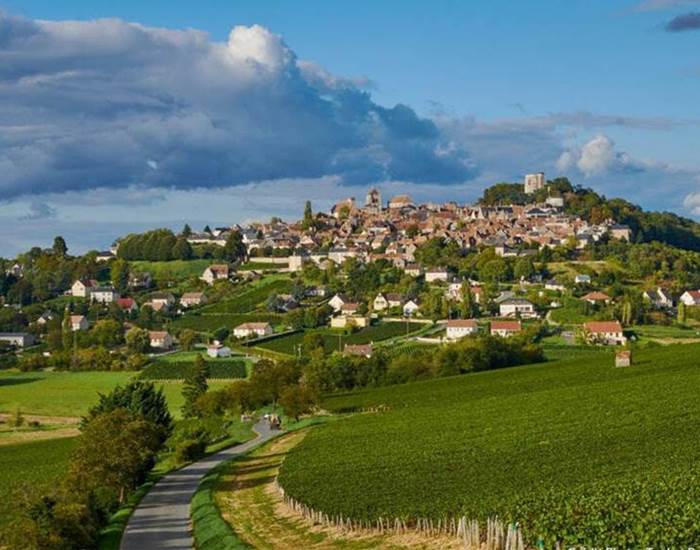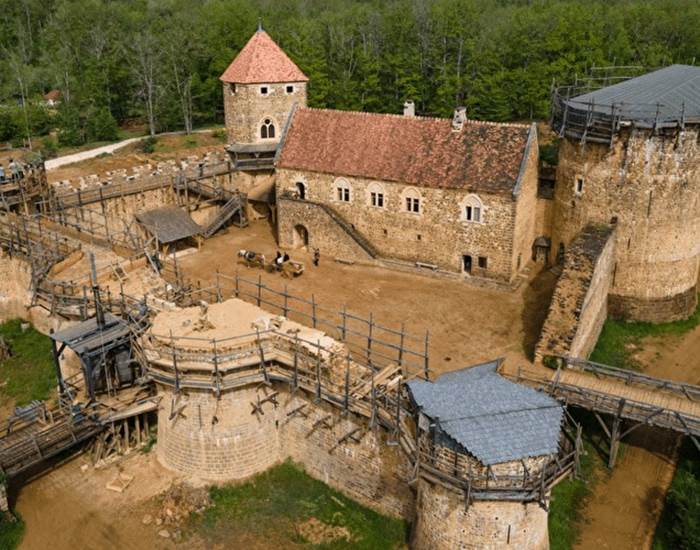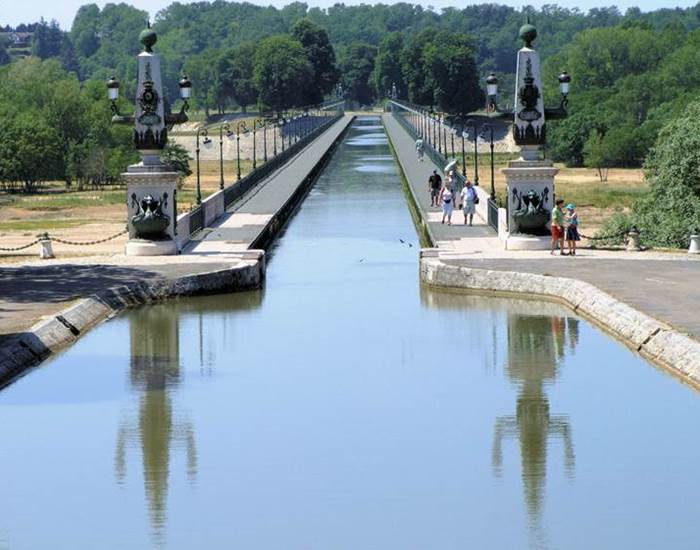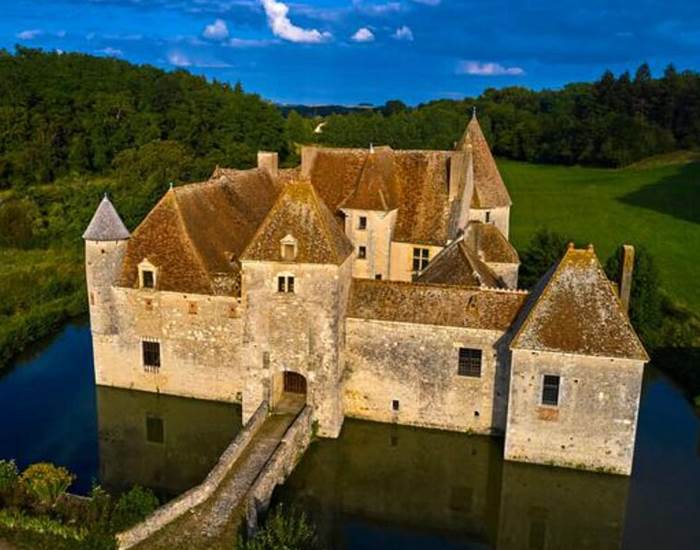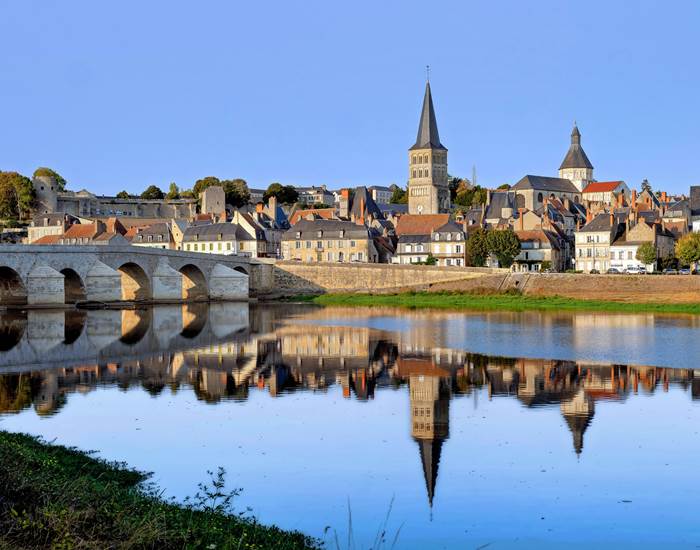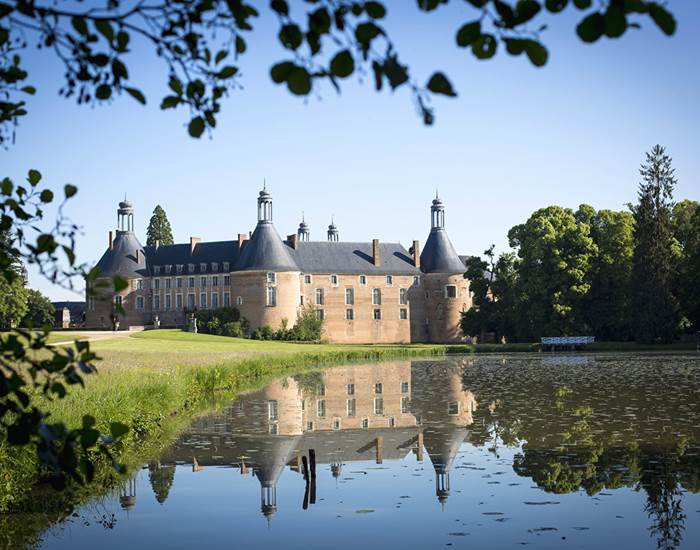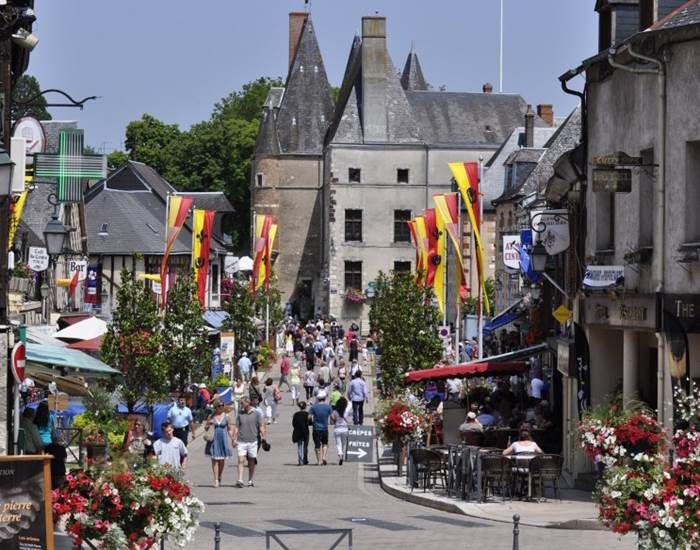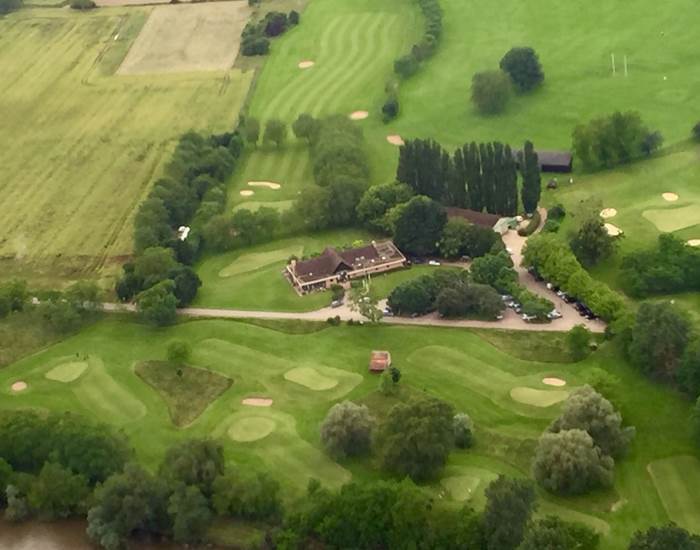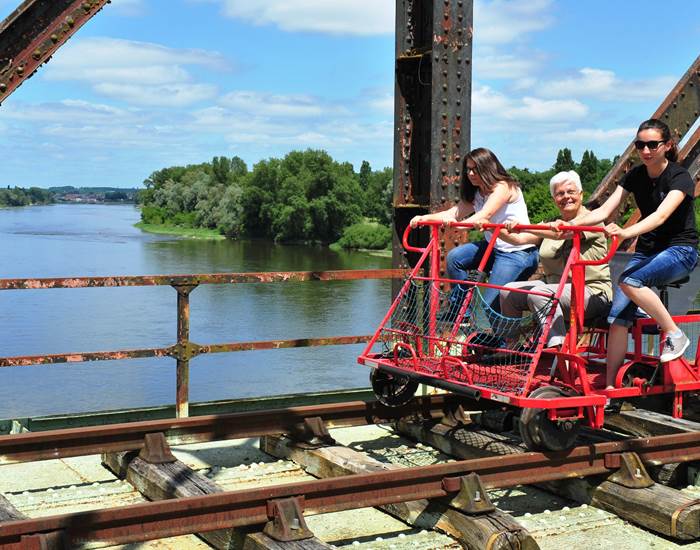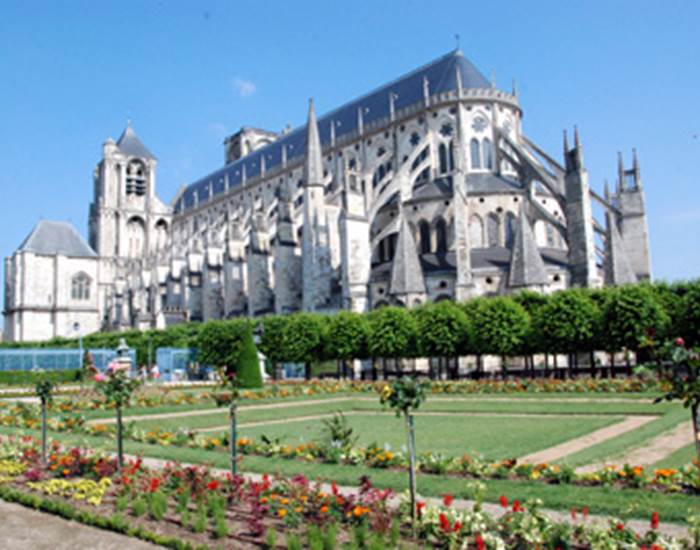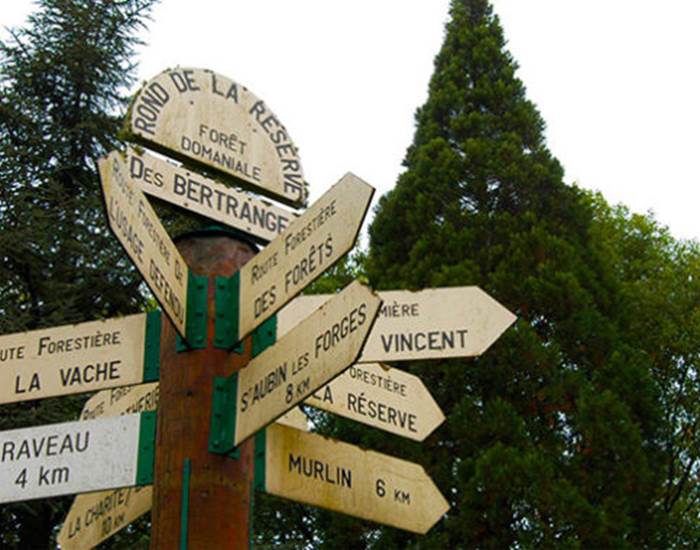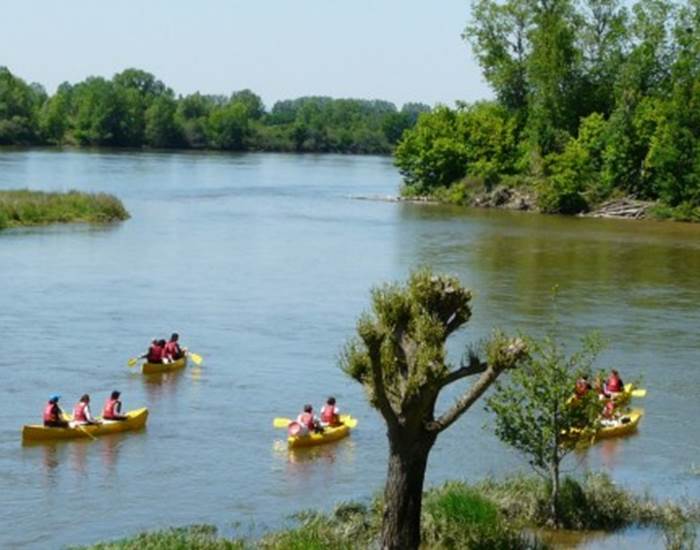
Discover our region rich in history
● Sancerre rocky peak overlooking the Loire
During the Carolingian era, a small hillside village, clustered around the church of Saint-Rombre, was supposedly named Saint-Cère. It became Sancerre through popular corruption. In the 13th century, Étienne de Champagne, the first Count of Sancerre, built a fortified castle at the highest point of the hill. The upper town was then synonymous with security and protection. He then fortified the town with a thick wall. The latter played a major role in the Middle Ages. Impregnable Sancerre, watching over the Loire, was born.
One of the most beautiful villages in France
Many events marked the history of Sancerre from the 12th century to the end of the 18th century: the Hundred Years' War, the Wars of Religion, the memorable seven-month siege in 1573 of the city which had become Huguenot (from January 13 to August 19) and the royalist uprising known as "La petite Vendée Sancerroise" during the Revolution. During this period, Sancerre was nothing more than a humiliated city. It lost its strategic importance and was forced to submit to the laws of the state despite its rebellious nature. Today, Sancerre remains a must-see place with timeless charm.
The uniqueness of its narrow and picturesque medieval streets, as well as its unique setting, make it one of the most beautiful villages in France, the favorite village of the French in 2021 and a real Small Town of Character...
● Guédelon Castle
In the heart of Puisaye, in Yonne, Burgundy, around forty workers are taking on an extraordinary challenge: building a fortified castle today using the techniques and materials used in the Middle Ages.
● The Briare canal bridge
The Briare Canal was opened to navigation in 1642, after 40 years of work. It is resolutely punctuated by remarkable engineering structures. Its canal bridge is a jewel of French river heritage, built in particular by the Eiffel company between 1890 and 1896. Crossing this large water avenue lined with pilasters and lampposts creates - obviously - a "wow" effect.
The Briare Canal Bridge's fame stems from the technical, human, and aesthetic prowess of the construction engineers. This ambitious project, conceived by Sully during the reign of Henry IV, aimed to connect the Loire and Seine basins by a canal. The canal bridge's mission was to span the Loire to allow barges to directly connect the Canal du Berry and the Canal latéral à la Loire with the Briare Canal, thus connecting the Saône and Seine basins. It was necessary to dig around fifteen reservoir ponds and their supply channels, and to build numerous stone locks. Not to mention the bridges, levees, towpaths, and spillways. No fewer than 12,000 workers participated in digging the canal!
The construction of the canal bridge considerably facilitated the transport of goods for boats which, until then, had to make a perilous crossing of the Loire via a kilometre-long dammed channel across the river, between the locks of Mantelot (left bank) and Combles (right bank).
The Briare canal bridge, among the largest in the world
The result is commensurate with the ambitions and resources implemented: no less than 662 meters long...
● Buranlur Castle is only 1 km from the estate.
Located in the heart of the County of Sancerre, the small fortified town of Buranlure vividly evokes the tumults of history. An exceptional witness to the Hundred Years' War and the Wars of Religion in Haut-Berry, this historic site still resonates with the echoes of the past.
● Charity on the Loire
Believer or atheist, you have to see La Charité-sur-Loire with your eyes but also with your heart... Let's cross the stone bridge, built in 1520, it has found a new lease of life since 2018. On the footbridge, take a look at the quay on the left: an opening, that of the "wicket" which collected the tolls relating to transport on the river. Now let's enter the city, more easily than Joan of Arc... she had to give up taking this fortified place in 1429 against the formidable mercenary Perinnet-Gressard, who also has his tower among the city walls. Rue du Pont, rue des Chapelains, place des Pêcheurs, the lower town hasn't really changed, its old houses with its alleys where it is so pleasant to get lost. A district full of mysteries and surprises that you will have to discover... In any case, don't miss the 84 steps, the Mariniers' chapel or even the rue du Grenier à Sel, all of them are worth the detour.
● Aubigny sur nere
During the Hundred Years' War between the kingdoms of France and England, the town was given by King Charles VII to John Stuart of Darnley, cousin of the King of Scotland. This great lord commanded the Scottish army that came to the aid of the unfortunate Charles VII, who was in a very difficult position against the English after the defeat at Agincourt.
The descendants of John Stuart of Darnley and d'Aubigny retained their fief of Aubigny until 1672, when their line died out.
The Stuart d'Aubigny dynasty achieved its greatest glory during the Italian Wars. Kings Charles VIII and then Louis XII entrusted command of their armies to Béraud and Robert Stuart, 4th and 5th lords of Aubigny, who set out to conquer the peninsula.
The Renaissance style of the castles of Aubigny and Verrerie bear witness to the imprint left by the Italian adventure on their builders.
It is also to the Stuarts of Aubigny that we owe the half-timbered architecture of the superb houses in the town centre, built after the fire which destroyed the town in 1512.
Also discover Pouilly sur Loire and its wine tourism tower, the Château de Saint Fargeau, Bourges...
● For the more athletic, we are located on the Loire à Vélo route
● You also have canoeing in Saint Satur
● the cyclorail in Cosne sur Loire and magnificent hikes around the vineyards
● Sancerre golf course
● paragliding, karting, walks in the Bertranges forest, the lung of the Nièvre .






